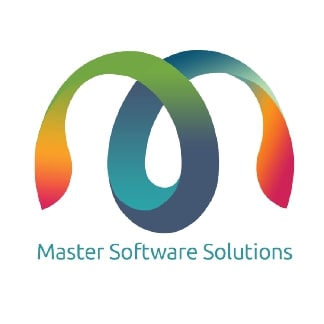WebRTC Application Development: How to Build a Live and Video Streaming App
 master software
master software
In the digital age, live and video streaming applications are more popular than ever. Whether for social media, professional conferencing, online education, or entertainment, the demand for real-time communication platforms is soaring. WebRTC (Web Real-Time Communication) has emerged as a powerful technology to meet this demand. In this blog, we'll explore how to build a live and video streaming app using WebRTC, covering everything from the basics to advanced features.
What is WebRTC?
An open-source project called WebRTC provides real-time communication capabilities via simple APIs to web browsers and mobile applications. It supports video, voice, and generic data to be sent between peers, allowing developers to build robust, real-time communication applications without needing to install plugins or any third-party software.
Why Choose WebRTC for Your Streaming App?
WebRTC offers several advantages for developing live and video streaming applications:
Low Latency: WebRTC provides real-time communication with minimal delay.
High Quality: It supports high-definition video and high-fidelity audio.
Security: WebRTC ensures encrypted communication, enhancing user privacy.
Cross-Platform Compatibility: It works seamlessly across different browsers and devices.
Scalability: WebRTC can handle large numbers of concurrent users.
Also Read: WebRTC Developers: 5 Reasons to Hire Them
Prerequisites for Building a WebRTC App
Before diving into the development process, ensure you have the following prerequisites:
Basic Knowledge of HTML, CSS, and JavaScript: Understanding these core web technologies is essential.
Server-Side Programming: Familiarity with Node.js or another server-side language to handle signaling.
SSL Certificate: WebRTC requires HTTPS for secure communication.
Media Devices: Access to a webcam and microphone for testing video and audio functionalities.
Step-by-Step Guide to Building a WebRTC Streaming App
Step 1: Set Up Your Project
Start by creating a new directory for your project and initializing it with a package manager like npm:
Step 2: Create the Server
Set up a simple Express server to serve your static files and handle signaling. Create a server.js file
Step 3: Create the Client
In the public directory, create an index.html file and include the necessary HTML, CSS, and JavaScript:
Step 4: Test Your Application
Run your server
Open your browser and navigate to https://localhost:3000. Make sure your microphone and camera are enabled. Make sure your microphone and camera are enabled.
Open the same URL in another browser or another device to see the live streaming in action.
Also Read: 5 Facts You Should Know About WebRTC Mobile App Development
Advanced Features
To enhance your WebRTC streaming app, consider implementing the following advanced features:
Screen Sharing: Allow users to share their screen in addition to their webcam feed.
Recording: Add functionality to record streams for later playback.
Chat: Integrate a real-time chat feature for users to communicate.
Multi-Party Conferencing: Enable group video calls with multiple participants.
UI/UX Improvements: Enhance the user interface and user experience with custom layouts and controls.
Conclusion
Building a live and video streaming app with WebRTC Application Development is a rewarding experience that leverages cutting-edge technology to provide real-time communication solutions. With WebRTC, developers can create high-quality, low-latency, and secure streaming applications that work seamlessly across different platforms. By following this guide, you can get started on creating your own WebRTC-based app and explore the endless possibilities this technology offers.
Subscribe to my newsletter
Read articles from master software directly inside your inbox. Subscribe to the newsletter, and don't miss out.
Written by
